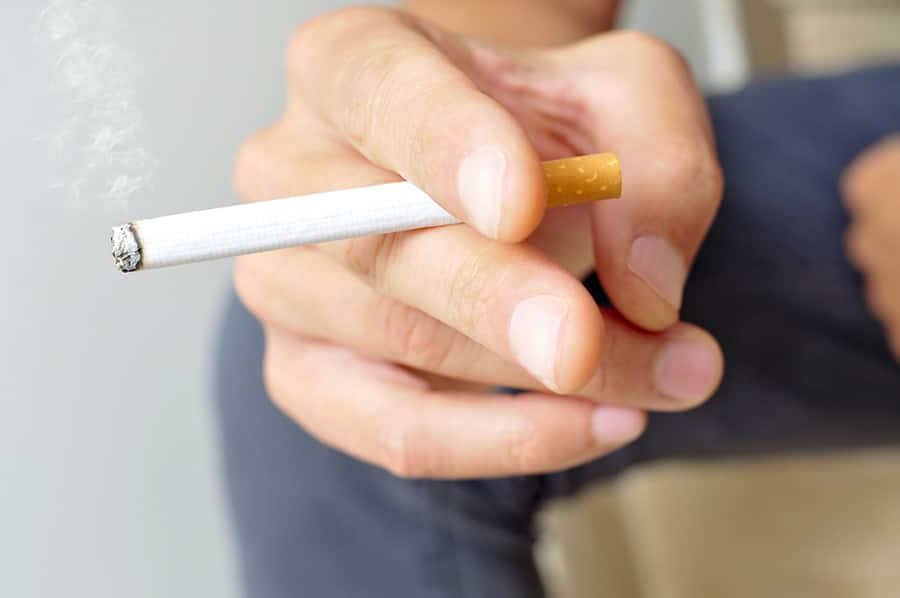What Is a Dry Socket?
After removing a tooth, a blood clot will form in the empty tooth socket during a normal healing process. The clot protects the bone and nerve endings that are exposed and aids in healing. A dry socket, also known as alveolar osteitis, occurs when either the blood clot is dislodged or dissolves before the extraction site heals.
While a dry socket can occur anytime a tooth is removed, it is much more common to occur after wisdom teeth extractions. It tends to happen more frequently in the lower jaw. Dry sockets are also more common in women than they are in men.
Treating a Dry Socket with Paste
The tell-tale sign that you may have a dry socket is an intense throbbing pain that may radiate to your temple, ear, eye area, or neck. Managing a dry socket with over-the-counter medications won't give you the relief you need, so visit your dentist at the first sign of a dry socket for treatment.
After flushing the socket to remove food and debris, your dentist will pack it with a medicated dressing in the form of a paste. One of the ingredients in dry socket paste is eugenol, which is present in clove oil and acts as an anesthetic. Eugenol also has anti-inflammatory and antibacterial properties. A study performed by Pubmed listed in the National Institutes of Health (NIH), advises that dry socket paste is not for unsupervised home use, so do not attempt to apply it yourself without seeking advice from your dentist.
Managing Dry Socket Pain
The primary treatment for a dry socket is pain management. In addition to the dry socket paste, your dentist may prescribe painkillers and send you home with directions on using ice packs and rinse gently with a saltwater solution. You still need to maintain good oral hygiene, so be particularly careful when using a toothbrush.
Preventing a Dry Socket
Prevention is always the best medicine. There are steps you and your dentist can take (before and after surgery) to help you avoid a painful dry socket.
A 2017 review warns that smoking and using tobacco products increases your risk of developing a dry socket. Stop smoking before your surgery, and don't smoke for at least 24 to 48 hours after your tooth extraction. The JCDA recommends abstaining from smoking for six weeks after surgery.
Inform your dentist about any of your medications that might interfere with normal blood clotting, whether over-the-counter, prescription, or supplements. If you use oral contraceptives, keep in mind that estrogen may disrupt the clotting process.
Now that you understand the fragile healing process after an extraction, you can take precautions to avoid complications. If you experience any pain after a tooth extraction, call your dentist or oral surgeon right away. A packing of dry socket paste can ease your discomfort and put you on the road to recovery.
Oral Care Center articles are reviewed by an oral health medical professional. This information is for educational purposes only. This content is not intended to be a substitute for professional medical advice, diagnosis or treatment. Always seek the advice of your dentist, physician or other qualified healthcare provider.
ORAL HEALTH QUIZ
What's behind your smile?
Take our Oral Health assessment to get the most from your oral care routine
ORAL HEALTH QUIZ
What's behind your smile?
Take our Oral Health assessment to get the most from your oral care routine















